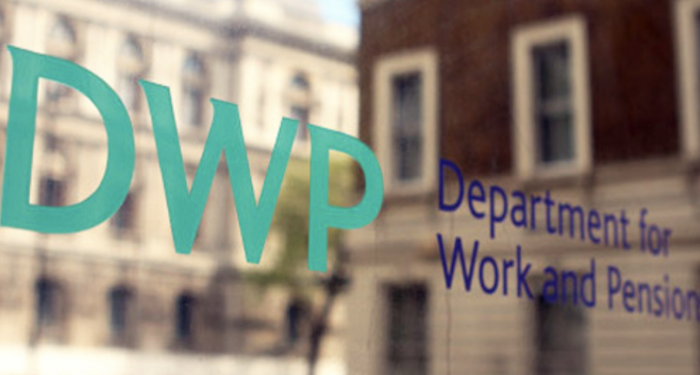Men have pensions that are on average 35 per cent higher than women at the age of 55, according to the government’s first publication of data on the gender pension wealth gap.
These Department of Work & Pensions figures show that gap is 32 per cent for workers eligible for auto enrolment, down from 40 per cent in 2016-18.
The figures also highlight the contribution gap — the difference between what men and women currently contribute to pensions. This stood at 17 per cent in 2021, with women contributing £52bn and men £621.6bn.
The DWP figures show that between 2008 to 2020, pension wealth for the average woman increased from £50,000 to £94,000 by the minimum private pension age.
In contrast, between 2008 to 2020, pension wealth for the average man increased from £85,000 to £145,000 by the minimum private pension age.
LCP partner Laura Myers a member of the consultant’s gender pension gap working group says: “The publication of these statistics represents a vital first step in tackling profound gender inequalities in pensions, and Laura Trott is to be commended for getting this work done within months of coming into office.
“Not only does this report put the issue firmly on the government’s agenda, but it means we will be able to hold governments to account to make sure that progress is made on the yawning gap in pension rights between men and women. Although good progress has been made in recent years in reducing the gender gap in state pensions, the gap in DC pension rights between men and women is steadily growing, and risks replicating the inequalities we saw in the defined enefit world. We look forward to working with the government and with others across the industry to come up with workable solutions to these longstanding problems”.
AJ Bell head of personal finance Laura Suter says: “Women have 35 per cent lower pension pots when they hit retirement age compared to men, showing the huge gulf in pension savings between the two. On average it means that for every £100 a man has in his pension, a woman has just £65.”
She adds: “When we drill down into the numbers, it’s not a lack of participation on women’s part, the number contributing to a pension is high. Looking at just auto-enrolment participation women are consistently more likely to be paying into a pension than men. And in fact, when women are in their 30s the gender pension gap is at its smallest, at 10 per cent.
“But once they hit their 40s and above women significantly drop behind men in their pension savings. A lot of this will be due to women taking career breaks to have children, working part-time around caring responsibilities or the gender pay gap meaning they earn less – which all filters through to lower incomes and lower pension contributions.
“This is highlighted in the average contribution rates, which show women are paying 25 per cent less into their pension than men in the public sector and 26 per cent less in the private sector.”
Interactive Investor head of pensions and savings Alice Guy adds: “Women have lower pension wealth than men at every stage of the journey, but a small gap often becomes an unbridgeable chasm for women in their 40s as a modest 8 per cent gender pension gap increases to 40% for women aged between 40 to 44 and 48 per cent for women aged 50 to 54.
“Women often bear the brunt of childcare and household chores and are more likely to work part time in their 40s. If women have children, the odds are stacked against them as some of the highest childcare costs in Europe combined with an increasing gender pay gap, make it harder for them to build pension wealth.
However Suter adds that there are sources of optimism in this data. She points out these figures for the pension wealth cap are based on those hitting retirement age in 2018 to 2020, and working practices have changed a lot from when these individuals started out in their careers.
The post Pension wealth gap stands at 35pc: DWP appeared first on Corporate Adviser.



